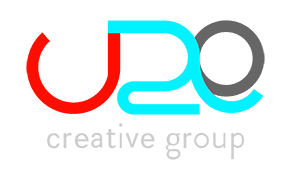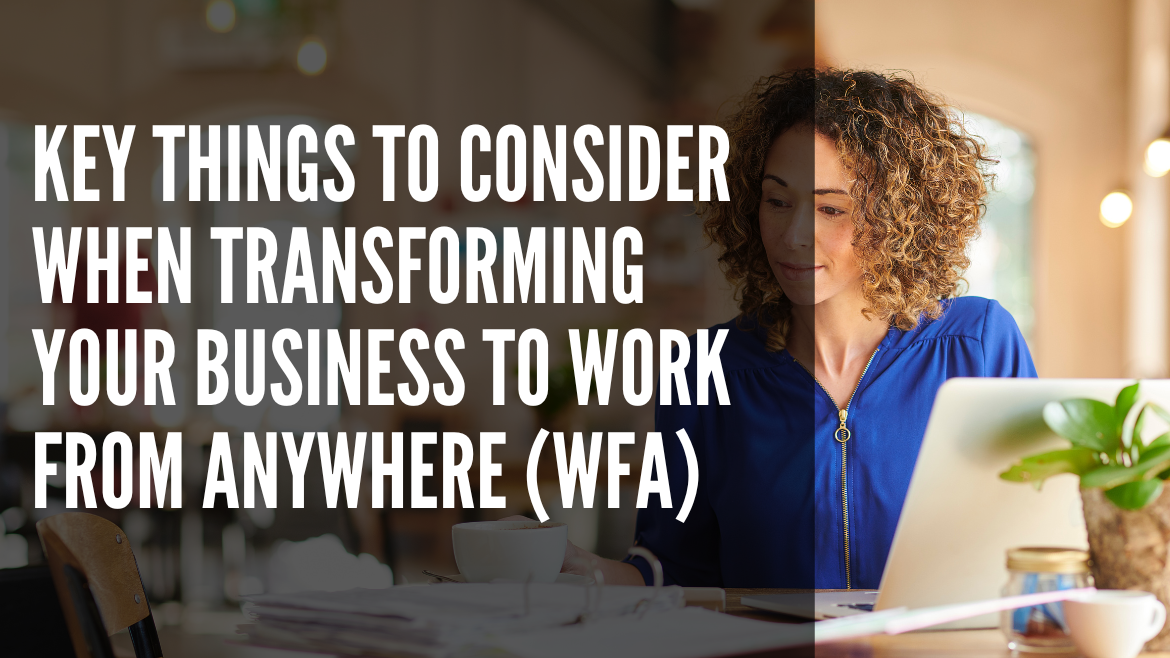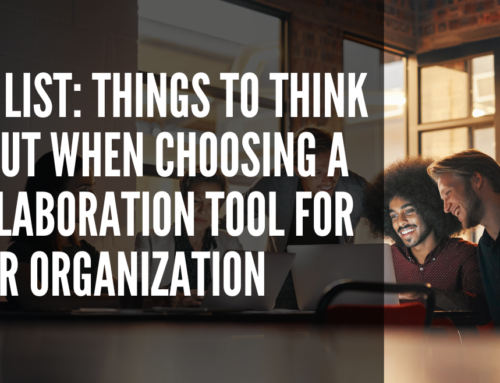The pandemic has accelerated digital transformation, causing many leaders to question if their workforce needs to be collocated in an office to be productive. As the answers (to that) start to be uncovered, here are some key things to consider when deciding if you can make the transition:
Communication across time zones
Many times, once organizations allow their knowledge workers to WFA, the amount of business hour overlap becomes lesser. Since this is a reality, identifying the right persistent chat/work applications for your organization is important. Tools such as Slack, Microsoft Teams, Google Hangouts can help bridge part of the time zone gaps, but a focus on business hour overlap will increase productivity, collaboration (both ad hoc and scheduled) and brainstorming inside geographically distributed teams.
Collecting tribal knowledge
Once your workforce is distributed, the ability to go to the physical workspace of different subject matter experts disappears. To be effective, you’ll need a solid plan for collecting and documenting knowledge that’s critical to your organization’s success. Answering this question is more than a technology question – it’s a cultural question. You’ll need to consider how you create an environment where your workers are aligned to a higher level of transparency as a tradeoff to the advantage of being able to WFA.
Relationship building
A virtual office can easily make workers begin to feel isolated or disconnected; lesser in-person connectivity also makes it more difficult to identify individual (or team) dysfunction -as well as potential burnout. Having a focus on technologies that allow for video conferencing (and policies that make the use of those video tools comfortable for workers to use daily) is a crucial early step. Once those tools are in place, time must be put into working with your Managers to create virtual gatherings that positively drive working relationships (team standups, virtual coffee, virtual watercooler, video team meetings).
Cybersecurity and regulatory compliance
In the planning phases, it’s imperative to have a security framework that protects the data of your employees, organization and customers. “Perimeter-based security” (securing any device where work information can be viewed or distributed) and “transaction-based security” (deploying software that is designed to monitor any abnormal activity on any work devices) are critical pillars in your security framework. These planning sessions should also include clear identification of any regulatory blocks that may exist –and how your organization stays compliant in a virtual workplace.
Adoption and change management
How are you going to effectively communicate the value of the transformation and move your employees from past state, through the transition and into the future state smoothly? How do you mitigate resistance and reinforce the change along the way?
Interested in discussing these topics? Contact us now for a free initial consult.






